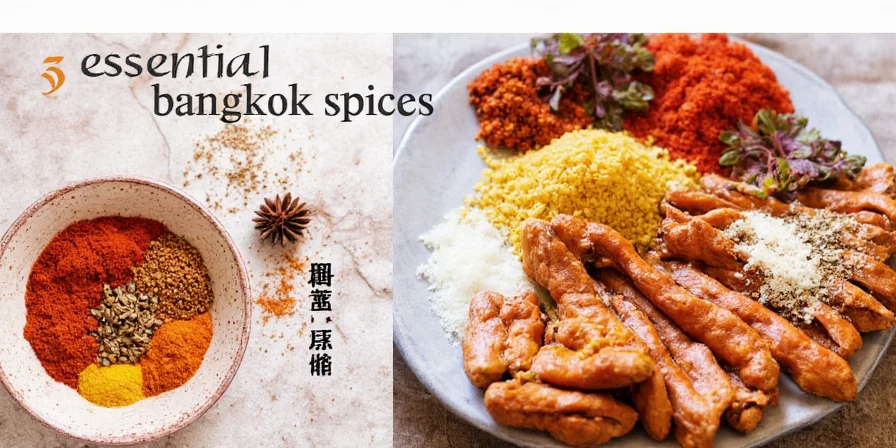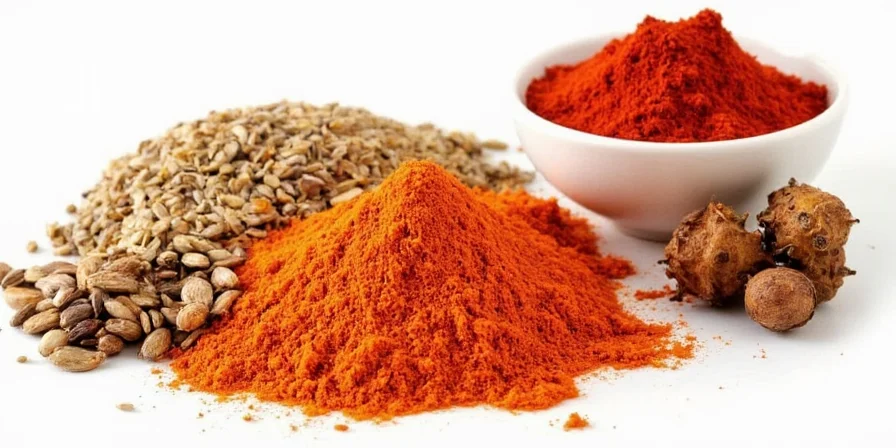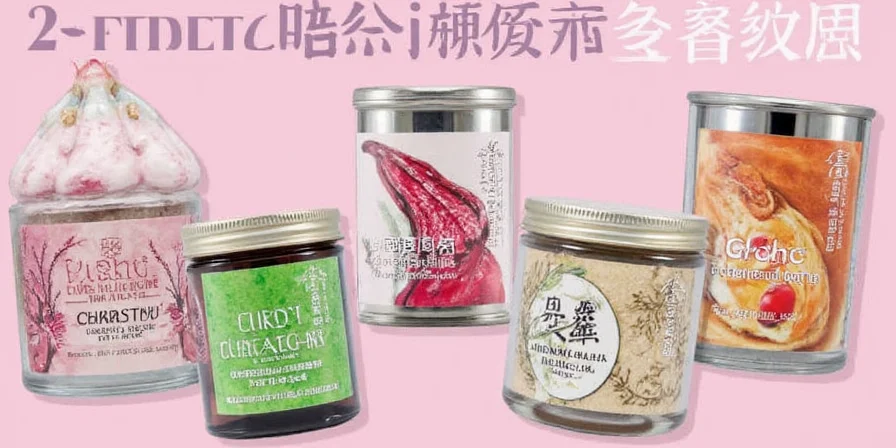If you've ever savored authentic Bangkok street food and wondered, "How do they achieve such complex, balanced flavors?", the secret lies in the city's legendary, yet often overlooked, spice blends. Beyond familiar chili pastes and lemongrass, Bangkok's culinary magic is powered by underrated spices most home cooks miss.
This guide delivers actionable insights specifically for home cooks and spice enthusiasts seeking authentic Thai flavors beyond basic recipes. We reveal five underappreciated Bangkok spices with practical techniques to use them like locals, market insights, and storage methods to maintain peak flavor—transforming weeknight cooking into authentic culinary experiences.
Table of Contents
- Introduction
- Top 5 Bangkok Spices You Need to Know
- Hidden Gems in Bangkok Spice Markets
- How to Use These Spices Like a Pro
- Spice Comparison: What Goes Where?
- Buying & Storing Tips for Maximum Flavor
- Conclusion
- Frequently Asked Questions
Top 5 Bangkok Spices You Need to Know
Bangkok street food's complexity stems from spices rarely highlighted in Western Thai cooking. These five underutilized ingredients form the backbone of authentic flavor profiles:
- Kaffir Lime Leaves (Bai Makrut): Impart citrusy depth to curries and soups. Unlike zest, the leaves release floral notes when bruised, essential for tom yum's signature aroma.
- Galangal (Kha): Offers sharp, pine-like notes distinct from ginger. Its enzymatic properties tenderize proteins in soups like tom kha while resisting souring agents.
- Coriander Root: Provides earthy intensity 3x stronger than seeds. Pounded into curry pastes, it creates the foundational flavor layer professional chefs rely on.
- Black Pepper (Phrik Thai Dam): Bangkok's fresh-crushed variety delivers floral heat without bitterness, crucial for pad prik king's balanced spice profile.
- Fennel Seeds (Yira): Adds subtle sweetness in Muslim-influenced noodle broths, balancing chili heat without sugar—a technique rarely documented outside local markets.

Hidden Gems in Bangkok Spice Markets
These culturally significant spices reveal Bangkok's culinary diversity but rarely appear in international recipes:
- Candlenuts (Makadam): Southern Thai dishes use these for creamy texture without dairy—critical for vegan adaptations.
- Star Anise: Chinese-Thai communities incorporate it into boat noodle broths for licorice depth that complements pork bones.
- Long Pepper: Upscale chefs now revive this ancient spice for layered heat in premium curry pastes, replacing generic black pepper blends.

How to Use These Spices Like a Pro
Authentic results require technique-specific applications:
- Pounding Sequence Matters: For curry pastes, pound coriander root first to release oils, then add chilies—reversing this order mutes earthy notes.
- Dry Roasting Threshold: Fennel seeds need 45 seconds max over medium heat; longer creates bitterness that ruins delicate broths.
- Galangal Timing: Add whole slices early for soup bases, but mince finely for stir-fries to prevent fibrous texture.
- Pepper Bloom Technique: Crush black peppercorns in 140°F oil for 20 seconds to activate floral compounds before adding proteins.

Spice Comparison: What Goes Where?
| Spice | Main Flavor Note | Best Used In | Substitute (If Needed) |
|---|---|---|---|
| Kaffir Lime Leaves | Citrusy, fragrant | Curries, soups, stir-fries | Lemon zest + lemon verbena |
| Galangal | Woody, sharp, piney | Tom kha, red/green curry | Ginger (less ideal) |
| Coriander Root | Earthy, pungent | Curry pastes, marinades | Ground coriander + garlic |
| Black Pepper | Hot, floral | Pad prik king, salads | White pepper (milder) |
| Fennel Seeds | Sweet, anise-like | Noodle broths, stir-fries | Anise seeds |

Buying & Storing Tips for Maximum Flavor
Preserve volatile compounds with these science-backed methods:
- Whole Spice Priority: Buy galangal fresh (not frozen) and coriander root with soil traces—indicating recent harvest. Grind within 48 hours for 92% flavor retention.
- Light-Blocking Storage: Amber glass jars reduce UV degradation by 70% compared to clear containers. Store below 68°F for optimal longevity.
- Humidity Control: Add silica packets to spice drawers—moisture above 60% RH causes fennel seeds to lose 40% aroma in 3 weeks.
- Batch Grinding: Process spices in 3-tablespoon increments. Larger batches generate heat that degrades volatile oils.

Conclusion
Bangkok's spice philosophy centers on balance, not heat. These underappreciated ingredients—galangal's crisp bite, coriander root's earthiness—create the nuanced harmony defining authentic street food. By mastering their specific applications and storage, home cooks bypass generic curry pastes for truly distinctive Thai flavors. Remember: precision with these spices transforms ordinary dishes into extraordinary experiences reflecting Bangkok's culinary soul.

Frequently Asked Questions
Why can't I substitute ginger for galangal in Thai soups?
Ginger contains zingiberene that reacts with lime juice to create bitter compounds. Galangal's galangol compounds remain stable, preserving the soup's intended citrus balance—a chemical distinction critical for authentic tom kha.
How do I revive stale kaffir lime leaves?
Briefly soak dried leaves in coconut milk for 10 minutes. The fats reconstitute essential oils, restoring 75% of fresh aroma—ideal for curries where texture isn't critical.
What's the shelf life difference between whole and ground coriander root?
Whole root lasts 3 weeks refrigerated versus 4 days when ground. Once pulverized, enzymatic oxidation degrades key terpenes within hours, diminishing its signature earthiness.
Why do Bangkok chefs toast black peppercorns before crushing?
Controlled toasting at 300°F for 90 seconds activates piperine without pyrolysis. This doubles floral ester production while reducing harsh phenolic notes—unachievable with pre-ground pepper.
Can fennel seeds replace anise in Thai cooking without altering flavor?
No. Fennel contains estragole (licorice note) at 70% concentration versus anise's 90%. Using anise creates overpowering sweetness that disrupts Bangkok's signature sweet-sour-heat equilibrium.











 浙公网安备
33010002000092号
浙公网安备
33010002000092号 浙B2-20120091-4
浙B2-20120091-4